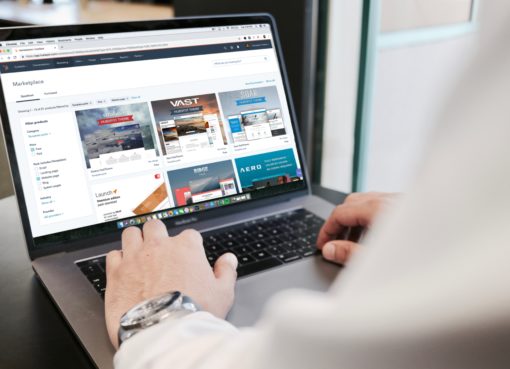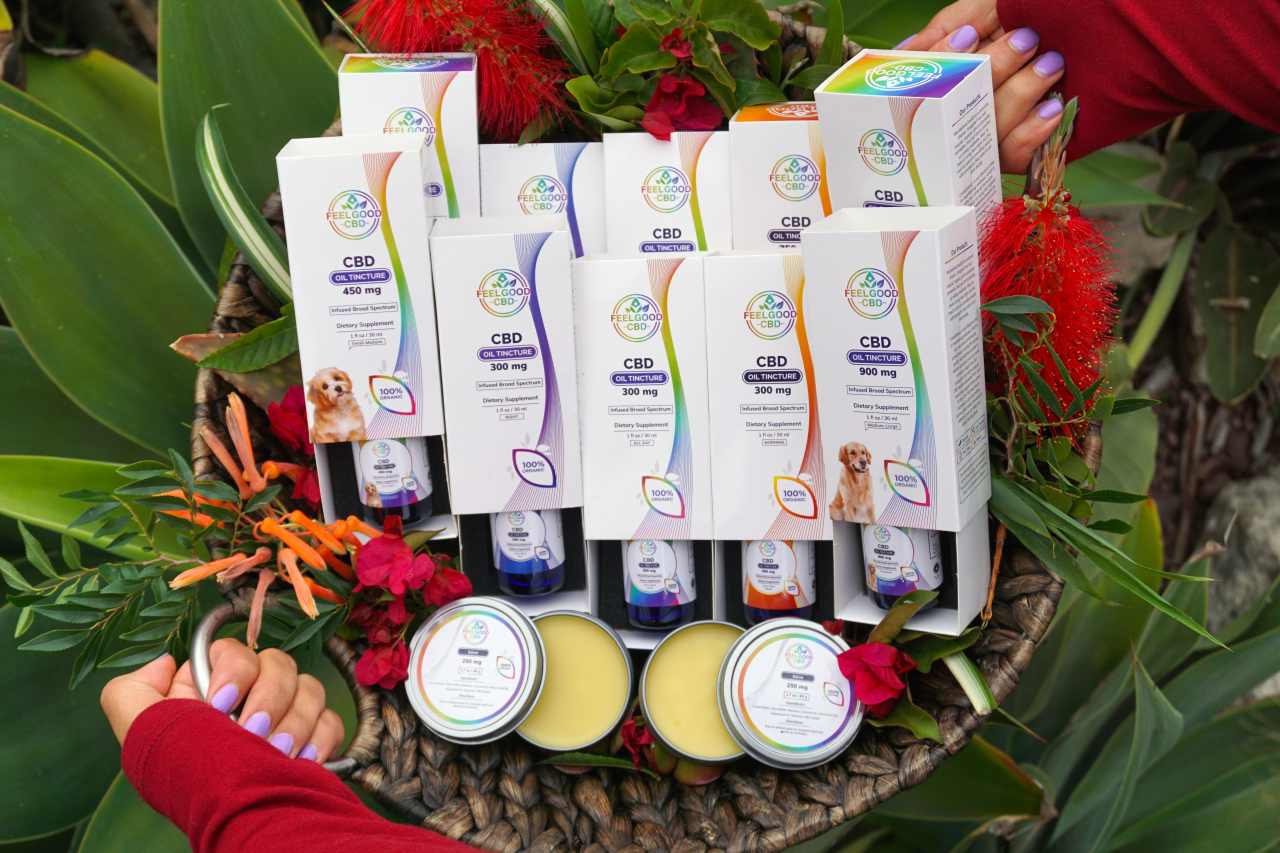“Good quality traffic,” is always every advertiser’s end goal. That’s really the key isn’t it? It’s such a challenge, particularly these days in our performance marketing driven world to hone in on and pair down to the most relevant traffic sources for the advertiser, while staying true to the yield needs of our publishers. This is the fine line we as a network must walk every day. Too many times we as performance marketing networks are limited within our own scope of buying on a performance basis, when our advertisers are also selling on a performance basis. The downside to this, mainly, is concern for quality, site validity, as well as the potential for fraud, which has a greater tendency to surface as a result. I suggest that it’s time for a paradigm shift. In order to achieve the diversity, quality and ultimately relevancy for our precious clients, we must do our part as networks to think outside of CPA buying.
 By avoiding non CPA based buying, and focusing more on CPC, CPM and CPV buying we will open the market up to other media types, including search, display, email, contextual, blogs, etc. It’s critical to develop a strategy, maintain a plan and execute on action items as it relates to non CPA based buying. If our goal is to sustain our advertiser / client relationships for the long term as well as secure an expanding budget, this is the best solution for both respective businesses to grow. In the following article, I will cover various media buying strategies for non CPA based buying including the most basic to the more advanced.
By avoiding non CPA based buying, and focusing more on CPC, CPM and CPV buying we will open the market up to other media types, including search, display, email, contextual, blogs, etc. It’s critical to develop a strategy, maintain a plan and execute on action items as it relates to non CPA based buying. If our goal is to sustain our advertiser / client relationships for the long term as well as secure an expanding budget, this is the best solution for both respective businesses to grow. In the following article, I will cover various media buying strategies for non CPA based buying including the most basic to the more advanced.
You might think media buying is much more of a science than an art. However, I find that the reverse is actually true. By that, I mean media buying requires much more creativity and out of the box thinking than just crunching a few numbers or following a standard equation. True, the key measurements such as ‘click through rate’ and ‘click to conversion’ must be precisely measured. However, the only way to really influence improving numbers is to proactively place yourself in the end user’s shoes and do your best to determine what factors are influencing this user’s surfing or browsing behavior. This is crucial as it relates to how these same users are responding to your campaigns at any particular time. In other words, the key to any successful media plan is relevancy. The placement of the advertisements to the traffic demographics of the publisher or direct site placements are crucial. So, before any buy or placement of creative, some key questions must be asked. For instance, what are the age demographics, gender demographics, site topics and categories, timing statistics, as well as geographical location and socioeconomic status of the users? It is also extremely helpful when you are able to pinpoint your audience’s primary shopping behaviors’ or preferences as well as their browsing preferences. In order to proceed with the media buying process the campaign and the answers to the above questions must relate to one another. The campaign will be much more successful when determined and selected based on the psycho-graphic information and data collected beforehand. In the next series, we will cover, key measurements for tracking and optimizing.
So really the next step is to prepare for your buy. Ideally, you want to have the following minimum points in place before starting, first determine which campaign you are going to test. Most likely you will want to rotate with at least one or several similar campaigns.
 Try to gather as much information as possible in terms of both click through rate and click to conversion rate. Next determine your publishing channels. Remember it is not uncommon to spread a buy across at least four to five known channels as well as allocate a test budget evenly across all channels. Be sure to diversify media types to include, for download and gaming campaigns, search, display buys, parked domains and contextual. All of this of course depends entirely on which media type may work particularly well for the chosen campaigns. Set daily budget caps, per campaign per channel, out of your total test budget in order minimize your overall risk. Minimize investment risk – you will want to minimize overall investment risk in addition to setting daily budget caps, by ensuring the following: What the “out clause” is on your IO? Typical periods are anywhere from 24-48 hours. Have your frequency caps set. This is particularly relevant if you are doing contextual buys or CPM. Typically, and of course depending on how much more you are willing to pay, 1/24 views or 1/12 is not uncommon. Next have your creative ready. With graphical creative’s especially, you will want to ensure that you have the correct sizes. Normally, on a display buy, it’s always good to have a good mix of creative sizes so that you have the flexibility to rotate. This includes a leader board (horizontal), skyscraper (vertical) and rectangle unit of various dimensions. (Note: creative sizes experience greater click through, contingent of course on the campaign and media type, but 300 x 250 medium rectangles have always typically worked out best in most cases).
Try to gather as much information as possible in terms of both click through rate and click to conversion rate. Next determine your publishing channels. Remember it is not uncommon to spread a buy across at least four to five known channels as well as allocate a test budget evenly across all channels. Be sure to diversify media types to include, for download and gaming campaigns, search, display buys, parked domains and contextual. All of this of course depends entirely on which media type may work particularly well for the chosen campaigns. Set daily budget caps, per campaign per channel, out of your total test budget in order minimize your overall risk. Minimize investment risk – you will want to minimize overall investment risk in addition to setting daily budget caps, by ensuring the following: What the “out clause” is on your IO? Typical periods are anywhere from 24-48 hours. Have your frequency caps set. This is particularly relevant if you are doing contextual buys or CPM. Typically, and of course depending on how much more you are willing to pay, 1/24 views or 1/12 is not uncommon. Next have your creative ready. With graphical creative’s especially, you will want to ensure that you have the correct sizes. Normally, on a display buy, it’s always good to have a good mix of creative sizes so that you have the flexibility to rotate. This includes a leader board (horizontal), skyscraper (vertical) and rectangle unit of various dimensions. (Note: creative sizes experience greater click through, contingent of course on the campaign and media type, but 300 x 250 medium rectangles have always typically worked out best in most cases).
The following have been a basic outline of how to open up your marketplace with non-CPA buying called CPM or media buying. It is just one way to open up your business to marketplaces and keep your revenue healthy through diversification. Remember, each buy will be different of course based on your individual terms defined by your IO. There is not an exact formula to media buying, so have patience and remember it is always a process. The key really is to ensure that you have minimized your risk by a) diversifying your publishing types b) diversifying your campaigns and c ) diversifying and minimizing your financial risk.
About the Author : Sam Sim is an Online, Social and Web advertising industry veteran with over twelve years of direct response and interactive, performance marketing experience. He has held several key positions at leading companies such as Zango and Avenue A | Razorfish. As an entrepreneur, prior to co-founding Guppy Media, Sam also founded two separate venture companies. Guppy Media is a leading platform services provider and digital agency empowering the Social, Mobile and Web for monetization and distribution of apps and free content, worldwide. http://guppymedia.com/





I don’t know if it’s just me or if perhaps everybody else experiencing issues with your site.
It seems like some of thhe writen text in ykur content are running offf the screen. Can somebody else please provide
feedback and let me knbow if this is happening to them as well?
This mikght be a problem wit my browser because I’ve had this happen before.
Cheers